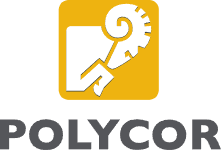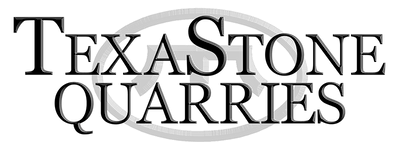AAC and Load-Bearing Stone
for Lightweight vs. Heavy Masonry
In this episode of Materials Month, host Andre Baros compares Autoclaved Aerated Concrete (AAC) and load-bearing stone, exploring their properties, applications, and differences. AAC, a lightweight alternative to traditional concrete, is gaining popularity for its fire-resistant and workable nature, making it ideal for multi-family construction. On the other hand, stone offers unmatched durability and aesthetics but comes with significant weight. The episode provides valuable insights into material selection, helping viewers make informed choices for their projects.
What You'll Learn:
- The differences between lightweight (AAC) and heavy (stone) masonry materials
- How AAC is made and why it's significantly lighter than traditional concrete
- The fire-resistant properties of AAC and its suitability for firewalls and partition walls
- Why AAC is gaining popularity in multi-family wood construction
- How AAC can be cut with wood tools, making it easy to work with
- The various installations of AAC, including block and panel forms
- The weight comparison of common masonry materials, including limestone, quartzite, sandstone, and basalt
- Why basalt, despite its weight, is a highly desirable building material
- An overview of AAC manufacturers, including the recent merger of Aircon and Lightr into MegaCre
- How to explore and compare building materials using Acelab's Materials Hub




